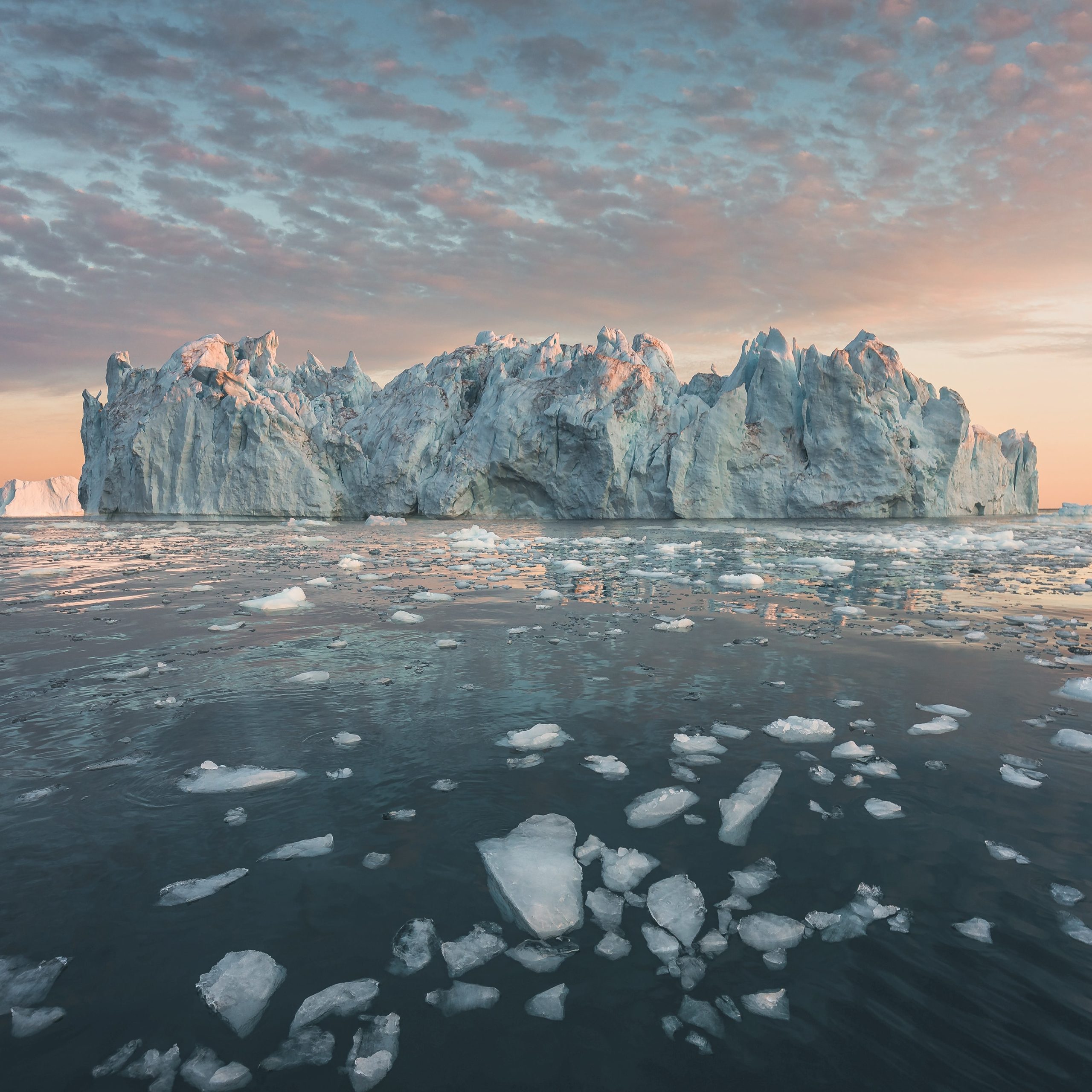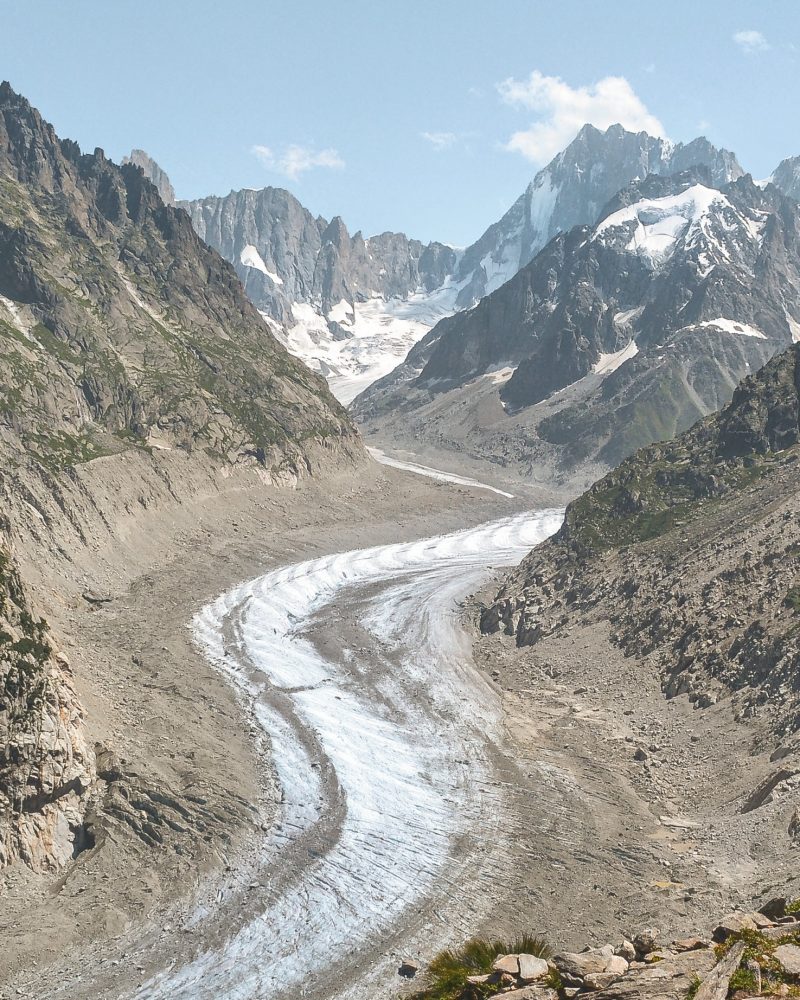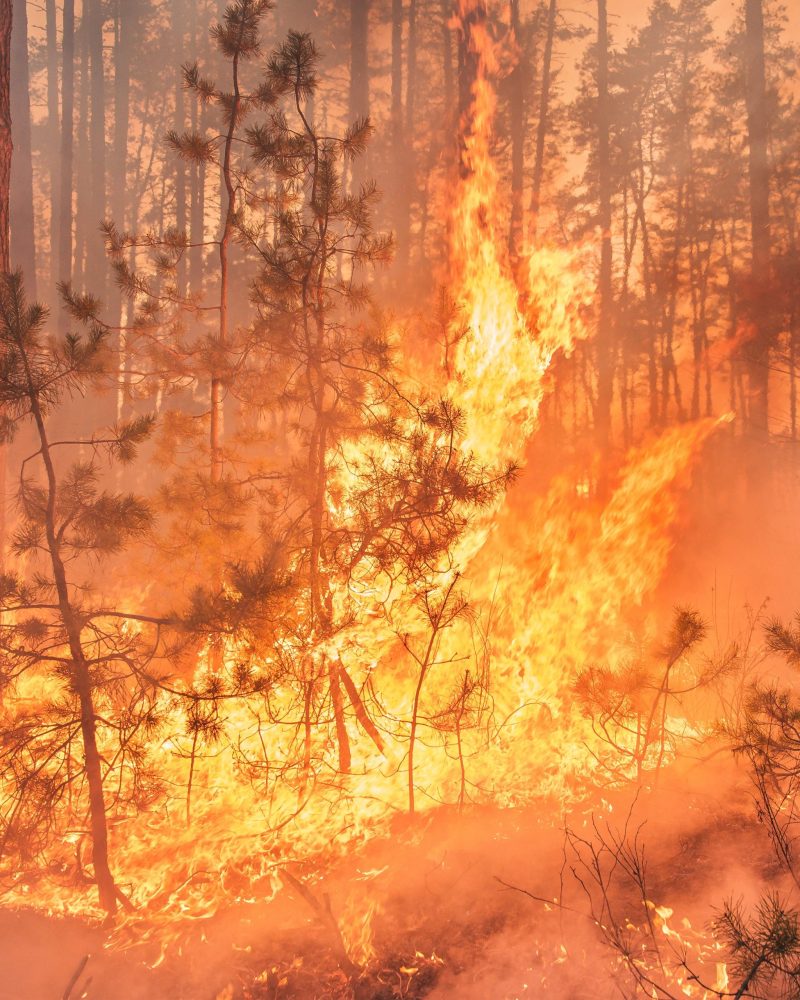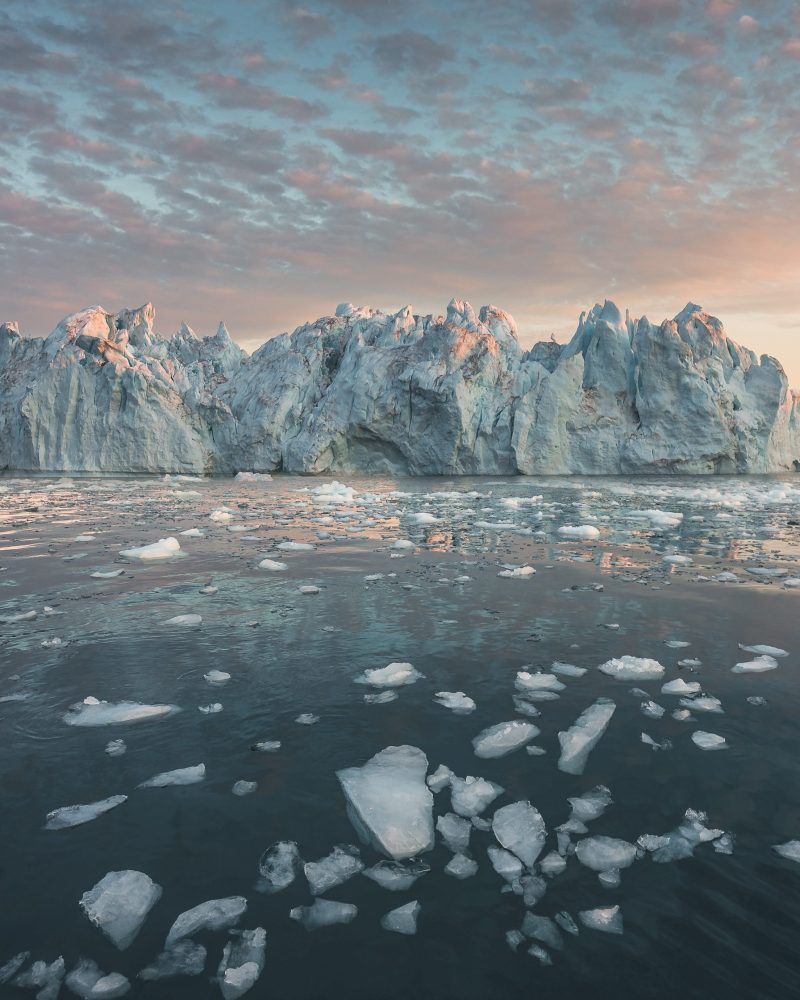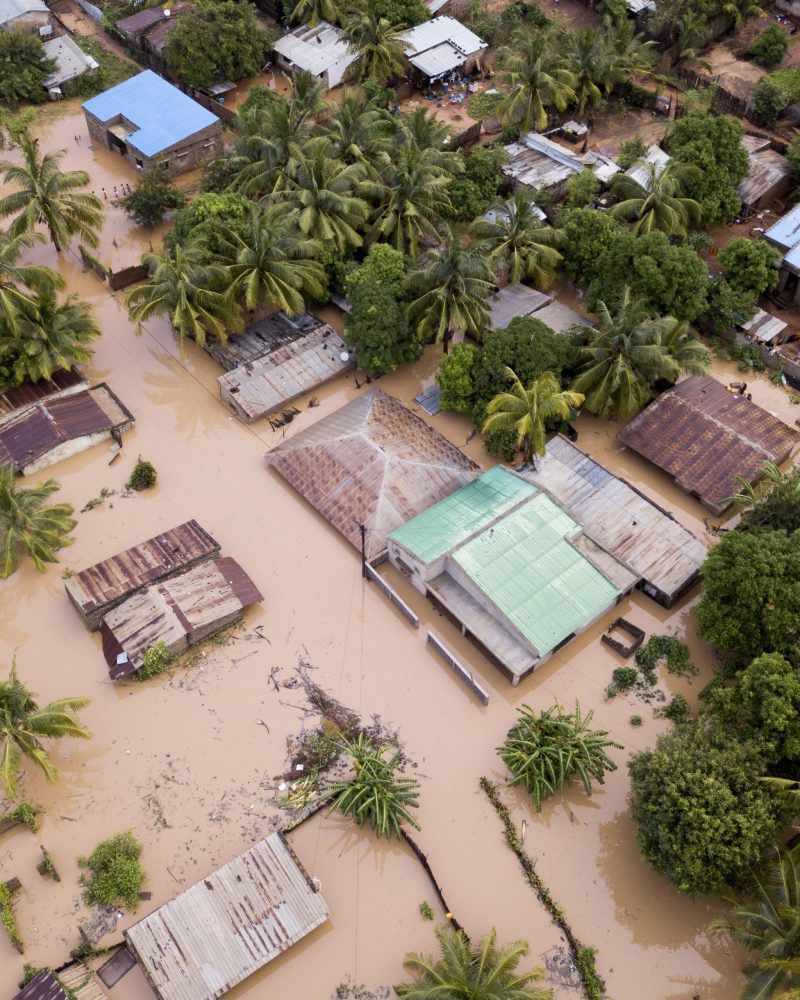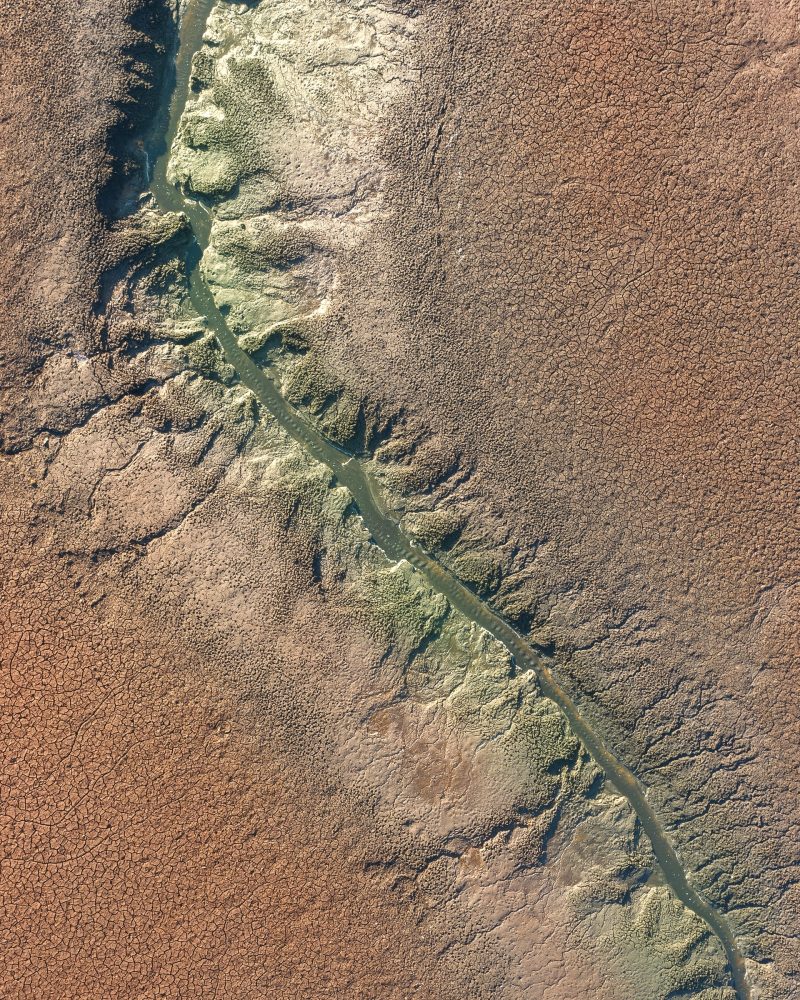Rising air and ocean temperatures are causing more and more of the sea ice in the Arctic to melt each summer. This is catastrophic for polar bears, whose struggles to find food have become emblematic of the global fight against climate change. But it also has catastrophic knock on effects for ocean currents, and the planet as a whole.
NASA began using satellites to measure the extent of the sea ice covering the Arctic in 1979. Since then, the agency has noticed a significant downward trend. In 2012, they recorded the lowest September minimum extent of the sea ice. But recent years have not shown much improvement. In fact, of the 15 lowest ‘minimum extents’ since satellite records began all have occurred in the past 15 years – since 2007.
The latest IPCC Report into the oceans and cryosphere (ie. the world’s frozen water), published in 2019, stated that “these sea ice changes in September are likely unprecedented for at least 1000 years”. It also cited evidence of the decline of thicker, older ice, stating with “very high confidence” that the proportion of the ice that is at least five years old has declined by approximately 90 percent.
What happens in the Arctic doesn’t necessarily stay in the Arctic.
Dr. Linette Boisvert
NASA sea ice scientist & deputy project scientist for NASA’s Operation IceBridge
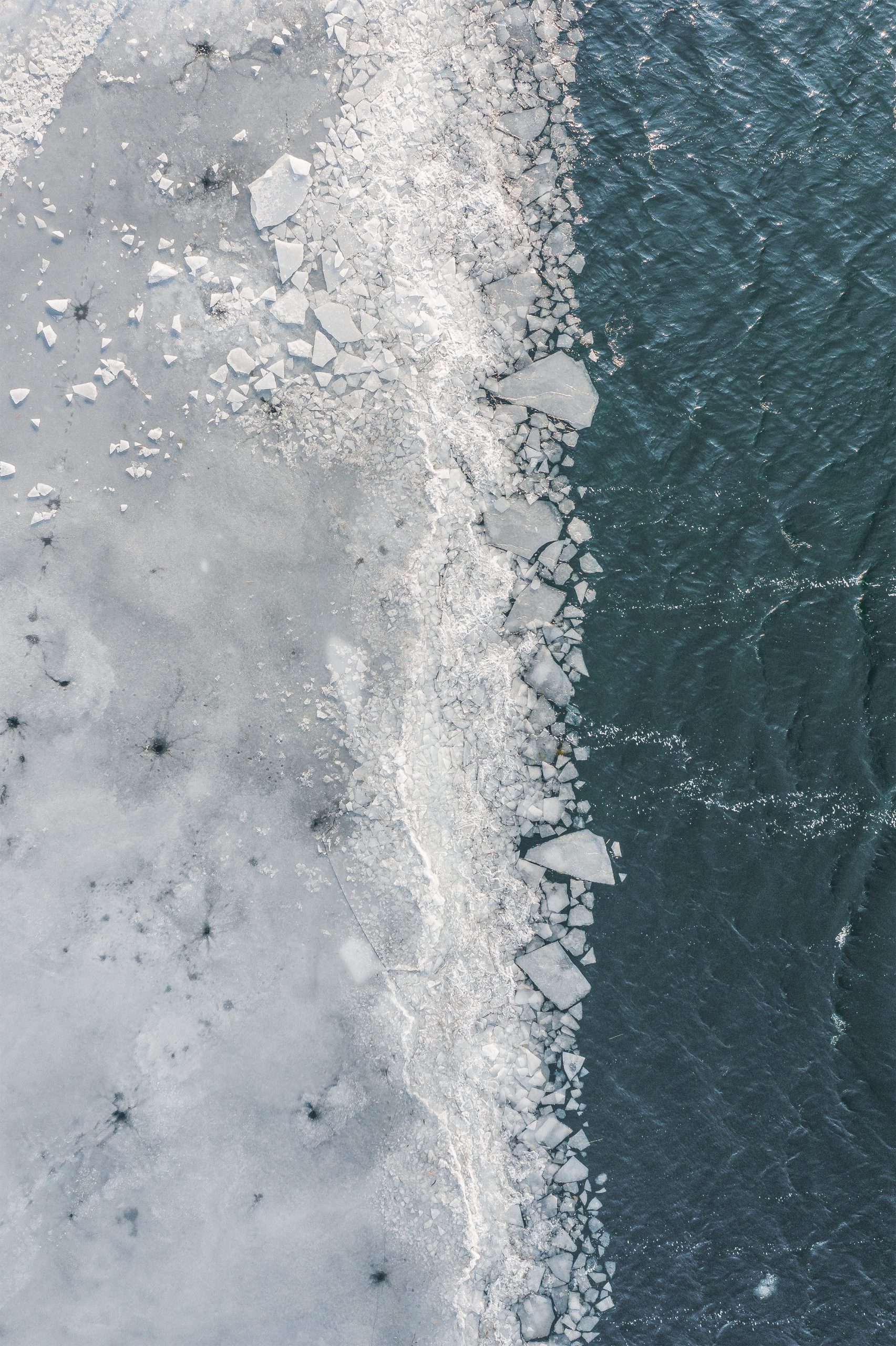
Knock-on effects
As with the ice sheet covering Antarctica, the bright white sea ice covering the Arctic ocean acts as something of a protective, reflective shield. Dark blue ocean absorbs more heat radiation than white ice. As ice melts, the rate at which ocean temperatures are rising accelerates further, which in turn melts sea ice more quickly, in a vicious circle. The increase in the speed of ocean warming has doubled since 1993, according to the 2019 IPCC report.
If the Beaufort Gyre were to release the excess fresh water into the Atlantic Ocean, it could potentially slow down its circulation. And that would have hemisphere-wide implications for the climate, especially in Western Europe.
L. Rafael Reif
President, MIT
Warming oceans and melting sea ice can also disrupt ocean currents, with potentially disastrous effects. A study published by NASA in 2020 revealed that the Beaufort Gyre, an Arctic Ocean current which plays a significant role in regulating temperatures in the northern hemisphere, has become faster and more turbulent since the 1990s as a result of melting sea ice.
Where will this end?
A study published in 2020 fed data from the European Space Agency into a wide variety of climate models, projecting different scenarios. Most of the simulations predicted that the Arctic would be ice free in summer before 2050. The IPCC’s 2018 Report into the difference between 1.5 and two degrees of global average temperature rise states: “With 1.5°C of global warming, one sea ice-free Arctic summer is projected per century. This likelihood is increased to at least one per decade with 2°C global warming.”
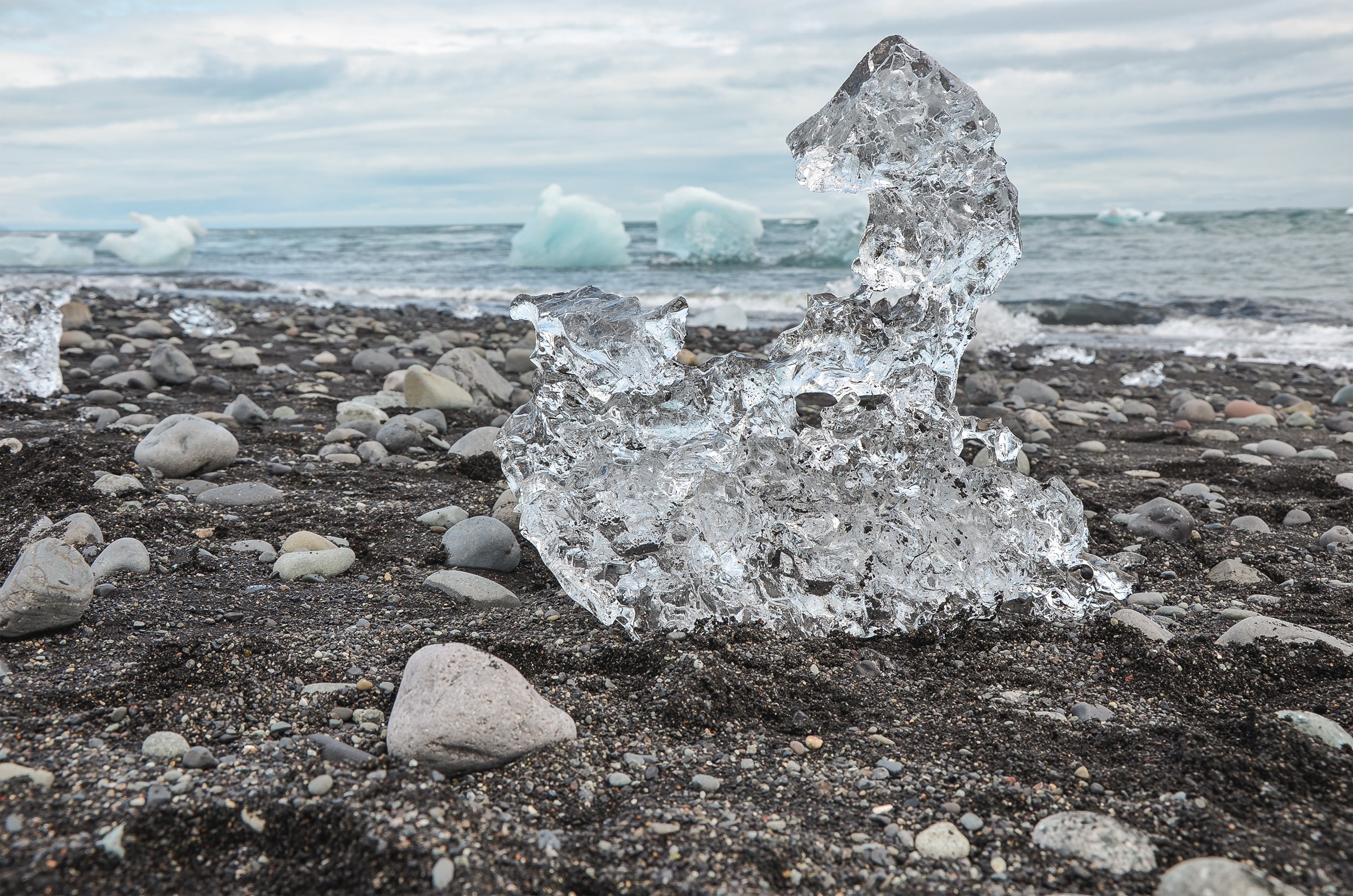
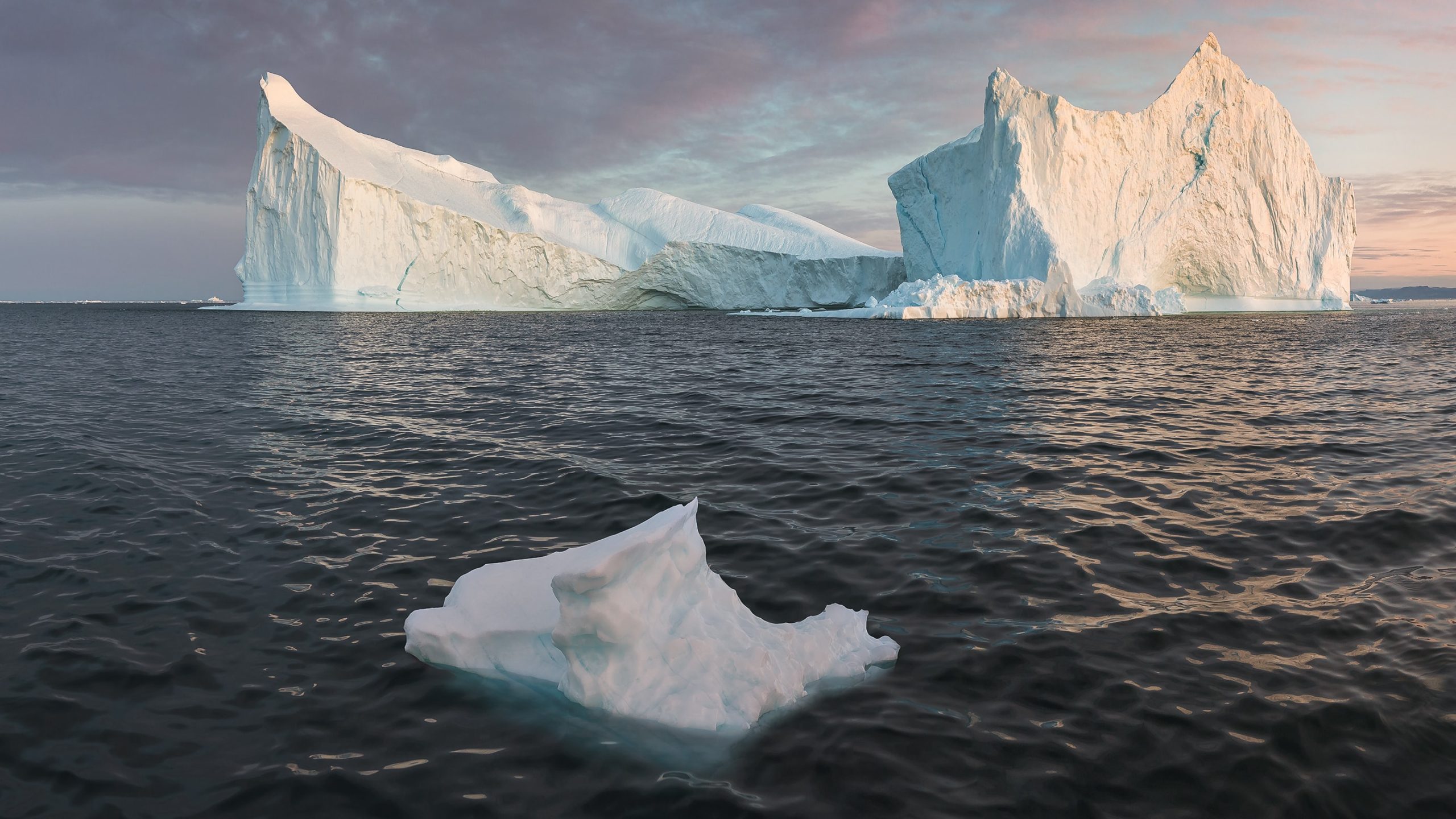
What happens in the Arctic affects the whole planet
What happens in the Arctic affects the whole planet
Warming oceans and the loss of Arctic sea ice are predicted to have a destabilising effect on the systems of interlinked ocean currents which help regulate Earth’s climate, like the Atlantic Meridional Overturning Circulation (AMOC).
If the AMOC is functioning normally, cool water from the Arctic sinks to the bottom of the sea, where it slowly spreads southwards. As it does so, it pushes tropically-heated water northwards, where it has a warming effect on Europe and North America, before it cools, sinks, and heads southwards in turn, completing the cycle.
The loss of sea ice has really important impacts on our climate system that we’re only just discovering.
Polar scientist, NASA
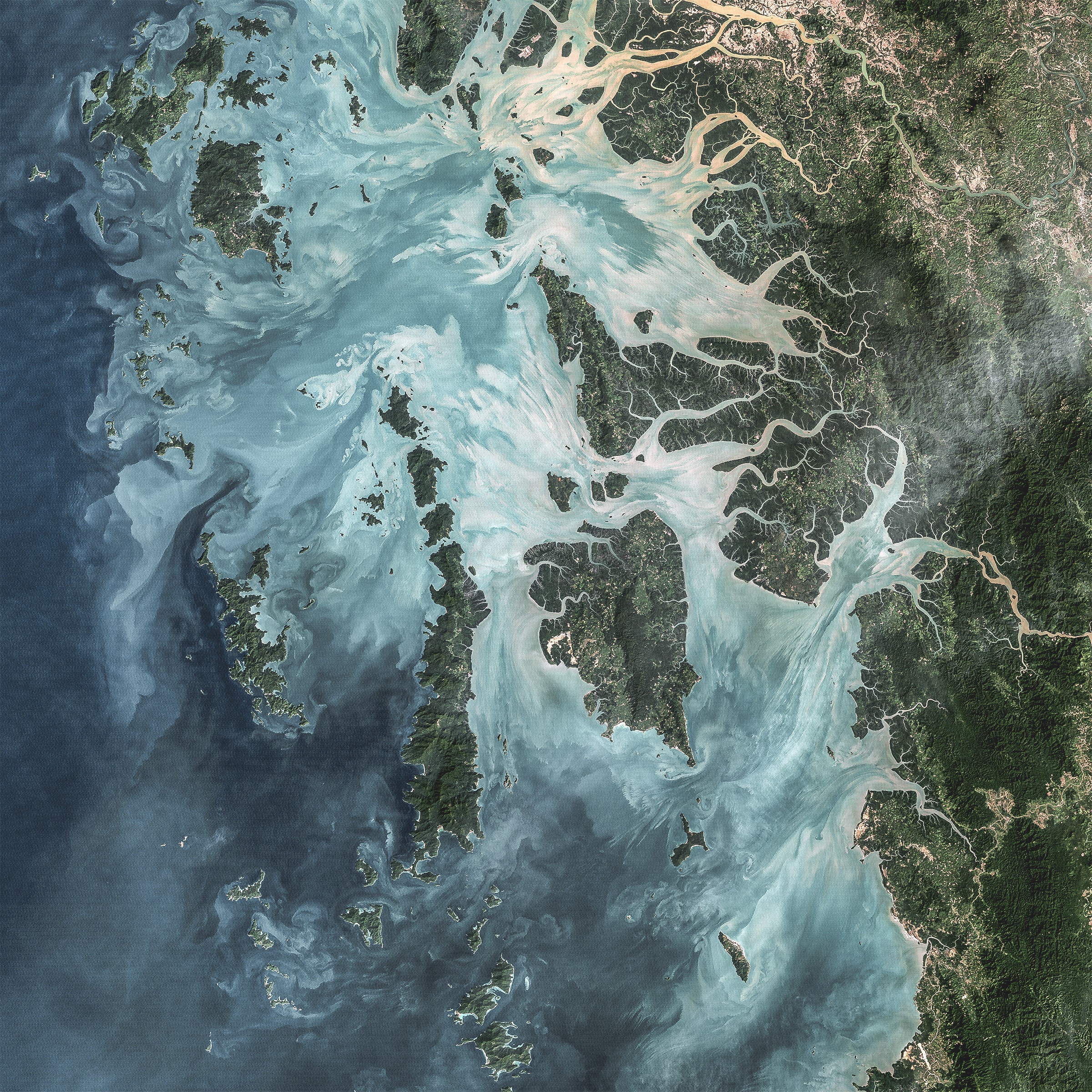
The AMOC is already close to collapse
A study published in the respected scientific journal Nature Climate Change in August 2021, showed that the AMOC is gradually weakening, and suggested that the tipping point, where it collapses and ceases to function as before, is closer than previously thought.
This could have a disastrous effect on weather and climate around the world – affecting the rains in West Africa and South America that people rely on for food, lowering temperatures across Europe, and driving up sea levels on America’s Eastern seaboard.
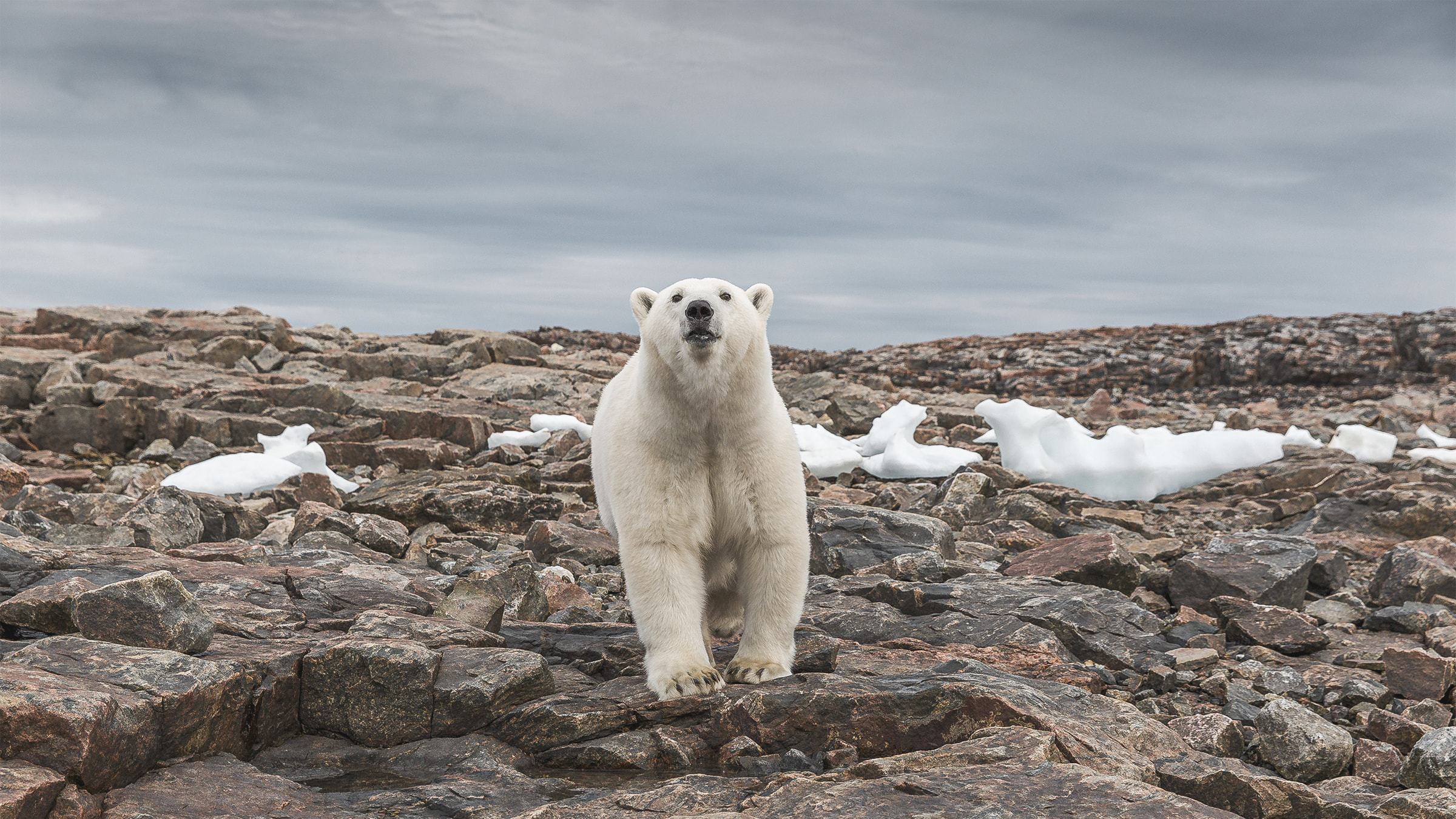
An ice free Arctic is bad news for the entire planet – not just for polar bears
An ice free Arctic is bad news for the entire planet – not just for polar bears
